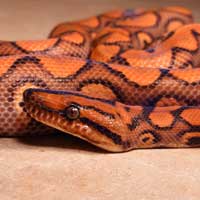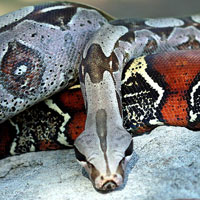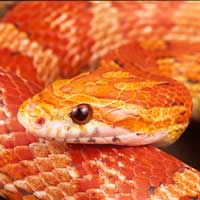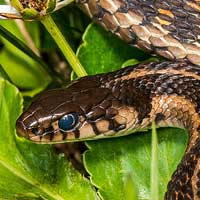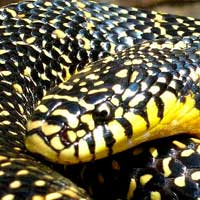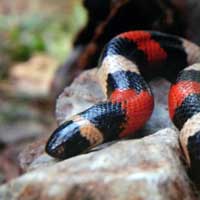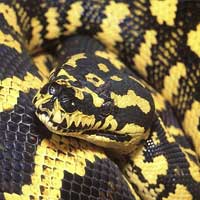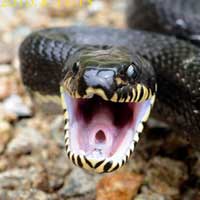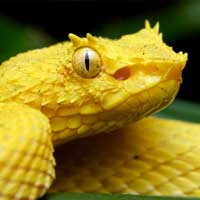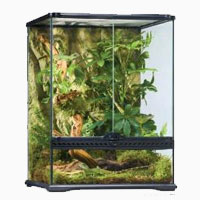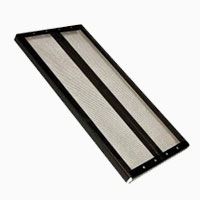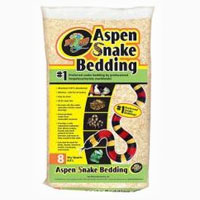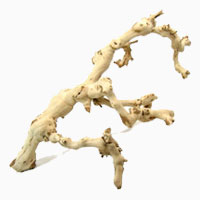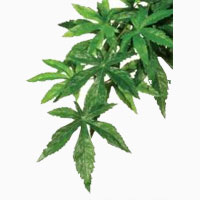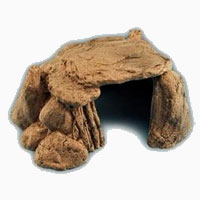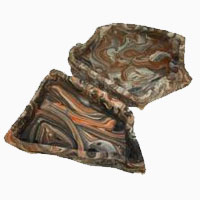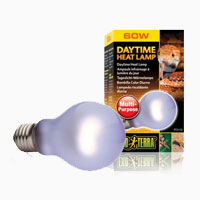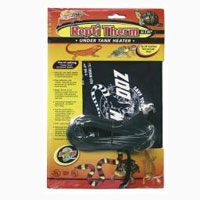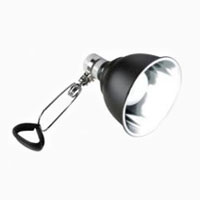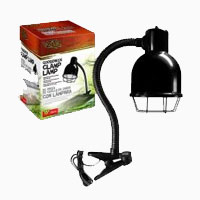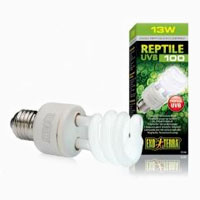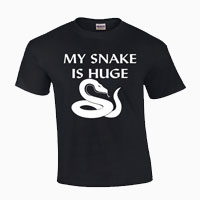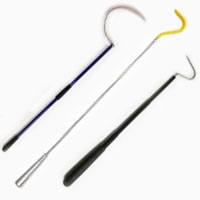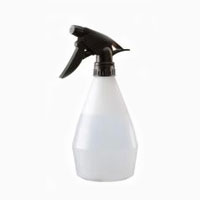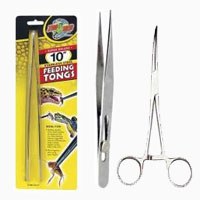Egyptian Sand Boa
Scientific Name: Eryx Colubrinus
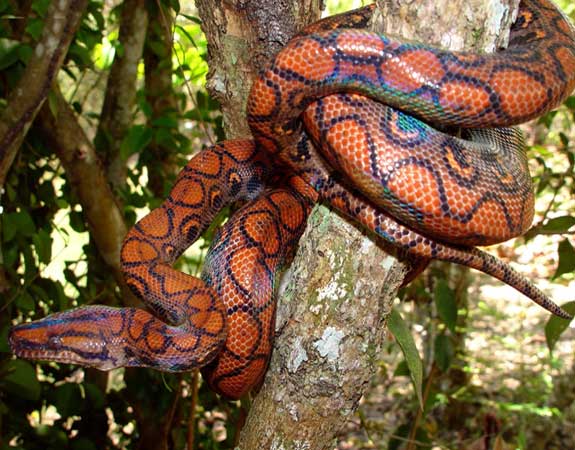
Share this Post
The Egyptian Sand Boa, (Eryx colubrinus), has a heavy build but a small head. It also has small beady eyes and a short tail. Adults rarely measure a length of more than two feet (61 centimeters). The color patterns do not vary much. Basically, it comprises an orange or yellow coloration with an overlay of dark brown blotches. The belly is dirty white or cream in color. Coloration intensifies with age. In the wild, its food of choice is lizards and small rodents. Life expectancy is anything from twenty-seven to thirty years.
Egyptian Sand Boas Are Beautiful Creatures
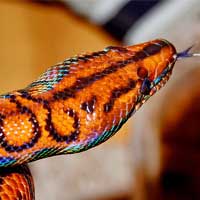
Facts About Egyptian Sand Boas
Geographic Location
The Egyptian Sand Boa is common in Egypt. The range also extends from West Africa from Niger to the eastern part of Africa in the nations of Tanzania, Kenya, Sudan, Ethiopia, Somalia and Sudan. Outside Africa, a single species is common in Yemen.
Habitat
These snakes prefer sandy soil and arid scrub savannah.
Behavior
They are chiefly nocturnal snakes. During hot periods, they scamper for refuge under stones or bully small mammals out of their burrows. They use burrows a vantage hunting point, killing unsuspecting prey via constriction.
Reproduction
The Egyptian Sand Boa is oviparous, that is, gives birth to live young. The breeding season takes place from June to July, the offspring of coming between October and November. During a good season, the number of hatchlings can be as large as twenty. A dismal period yields only six. They measure 8 to ten inches in length.
Captivity
Eryx colubrinus is a very hardy species in captivity. A twenty-gallon aquarium provides ample space for its comfort. It is important to provide a sandbox for it to exercise its burrowing. Despite its commonplace captivity, it lacks docility and can be outright snappy. The only remedy here is gentle handling. A diet of large mice keeps it happy though experts advise handlers to begin with lizards.
